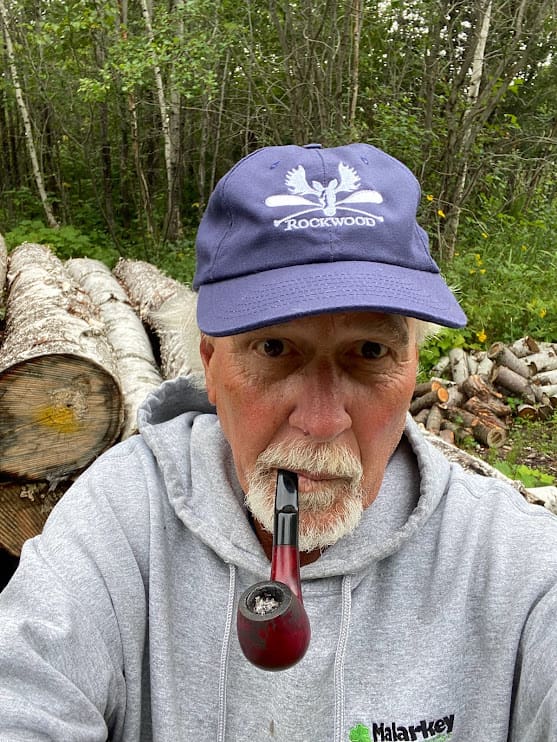Anyone who knows me knows that driving last year, I learned of The International Brick Collectors Association. The members of this group collected old, branded bricks, and they were coming to Grand Marais in the summer for their semi-annual swap meet. According to my friend Jeff Bartheld, a collector of many things, bricks included, the swap meet was a success and brought in collectors and their bricks from all over the country.
When I first watched the show American Pickers, I became aware that there are collectors of all kinds of things. Mike and Frank traveled the country looking to buy rare artifacts and treasures from a sometimes motley assortment of collectors. It often prompted me to ask the question, “Who the heck would collect that?”
You won’t believe what kind of collectors I found this week.
A faithful reader of my rambling columns, Geri, emailed to ask me to consider writing about outhouses.
Curiosity had led her to investigate the subject online, initially to try to understand the purpose of a “two-holler” like the one she remembered from childhood.
“I don’t recall toileting being a group activity, so got to wondering: why two holes?” she wrote.
We all have personal experiences and stories about outhouses or privies in rural America.
My favorite was about a family vacation at a lakefront resort near Aitkin, MN, when I was an impressionable, pre-pubescent suburban kid. I was familiar with this fundamental way of depositing bodily waste, but I didn’t care much for using the boxy outdoor “toilets.”
The resort cabins did not have indoor plumbing, but two-holers were spread out around the grounds. A romantic couple or two may have snuck in to do their business side-by-side, but I didn’t witness any of that.
Pinching my nose, trying not to breathe in, and “holding it” as long as I could before entering, I efficiently completed that part of my ablutions each day.
You can imagine that even by the 1960s, many people who had visited a lakeside resort were used to indoor plumbing. If you lived in New Brighton or Edina, running water and porcelain bowls were the thing.
The oldest son of the resort-owning family was a trouble seeker, all in good fun, of course. He’d hide near the back of one of the two-holers, and when he saw a suburban housewife reluctantly coming to use it, he’d crouch down and wait a couple of minutes for the woman to get comfortable enough to let loose.
Then, in his best Scandinavian accent, he’d say, “Excuse me, ma’am, but could you move over to the next hole? I’m painting down here.”
The result was hilarious, life-affirming, really.
Google research shows that a two—or three-holer was meant to evenly distribute the contents of the pit it sat on. Some outhouses had drawers below each hole that were removed when full and dumped somewhere far, far away.
Even more interesting, multiple holers were meant to accommodate as many simultaneous users as possible following a lengthy county board or church meeting, just like today’s men’s and ladies’ rooms.
Now, to the collectors.
There is a YouTube video about outhouse archaeologists digging up century-old privies to find collectibles. Chasing History was recorded in an older part of Knoxville, TN. It is over an hour long and was produced by American Digger Magazine, a bimonthly publication devoted to the hobby of recovering historical artifacts.
The private diggers have pictures of recovered human remains, glass bottles, handguns, coins, and other household items. The video answers questions like how to find a privy and takes you on a fascinating(?) tour of a privy dig.
Check out the privy diggers if you have an extra hour this weekend. If you have more than an hour, Google “outhouse pranks.”
And if you remember tipping occupied outhouses, like my old man says he did in the mining town of Crosby during the Depression, please, please, please send me your story.








